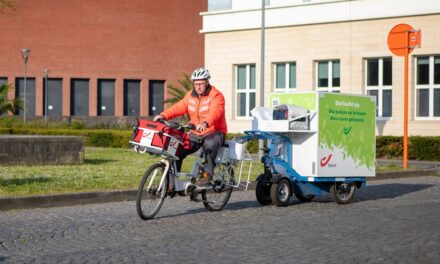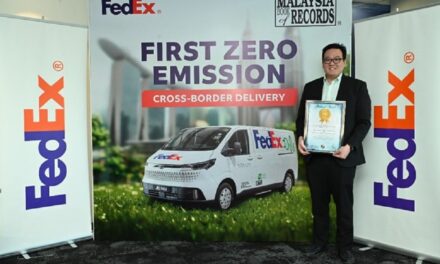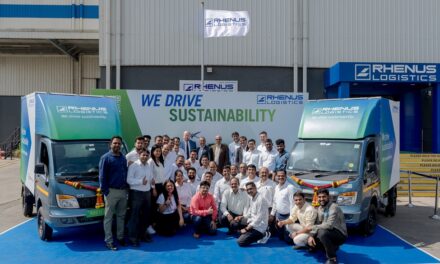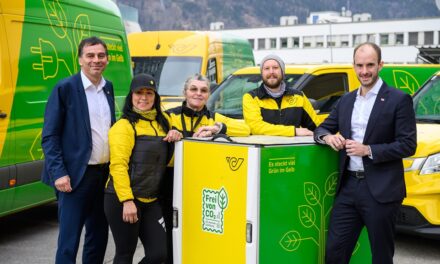
La Poste to test extended-range hydrogen-electric vehicle

La Poste Group is working with French vehicle manufacturer Renault to test out a longer-range mail truck powered by a hydrogen fuel cell. Various postal operators have been trying out electric vehicles to handle shorter-range duties like urban last-mile delivery, while cutting out tailpipe pollution and reducing fleet carbon emissions.
But the range of electric vehicles on a single charge is seen as a limiting factor for longer-range transport purposes.
La Poste said this week that it believes using an on-board fuel cell could double the range of an electric vehicle.
It said the 4.5-tonne Renault H2 Maxity Electric vehicle could reach a 200-km range using the Symbio FCELL technology.
While electric vehicle batteries are heavy and take time to charge, limiting the range for the vehicles themselves, fuel cells can generate electricity on board a vehicle, to power the electric motor. The electricity is generated from oxygen in the air and an on-board source of hydrogen.
The Renault fuel cell vehicle would have two hydrogen tanks on board, each storing 75 litres of the gas under pressure, adding 300kg in weight to the vehicle. The fuel cell is produced by Paris-based Symbio FCell.
The Maxity will also be fitted out with four Lithium-ion batteries to add a further 400kg in weight, which would be capable of full recharging in seven hours.
The vehicle would have a one-tonne payload, a range of up to 200km — half provided by the battery’s initial charging, and half from the hydrogen fuel cell — and a maximum speed of 90km/h (56mph).
Testing
Plans are to test the vehicle in Dole, in the Jura region of France, during the course of a year. The area has a particularly severe winter, La Poste said, providing suitable environmental tests for a mail truck.
The vehicle was delivered to the area last month, and will be used in both mail and parcel delivery in a largely rural area.
Christophe Vacquier, the La Poste Group project manager, said the hydrogen fuel cell works by combining oxygen and hydrogen to form water as a harmless emission. Heat generated in the process can be used to heat the vehicle’s passenger compartment, he added.
“When the vehicle is running, the electric motor is fed by two complementary energy sources; the fuel cell is capable of delivering a maximum power of 20 kW and, once that threshold has been reached, the batteries kick in to supply whatever power is still required. When idle, the fuel cell is available to recharge the battery as needed,” he explained.
Broader viability
State-owned La Poste Group, which offers carbon-neutral deliveries, is part of a government effort to boost the development of cleaner vehicle technologies, using its scale as a logistics operator to demonstrate the broader viability of alternatives to fossil fuel power.
The H2 Maxity field test, the first for the Renault vehicle, will allow the manufacturer to test out hydrogen fuel cell technology for use by all industry sectors.
Karine Forien, Director of Energy Efficiency Strategy with Renault Trucks, said: “This vehicle generates no noise impacts and only releases water vapor; 200 kilometers of autonomy make it the ideal choice for a daily schedule of urban and suburban routes. Our purpose behind this project is to support European metropolitan areas in their goal of limiting air and noise pollution emissions, through testing innovative vehicles that produce zero emissions and that in the near term should become economically viable for our customers.”
Frédéric Delaval, Technical Director of Mail and Package Delivery Services Office at La Poste, said hydrogen could be a “linchpin” for the company’s transition to cleaner energy.
“Hydrogen stands out today as an efficient solution for extending the possibilities of the electric vehicle product line and its autonomy,” he said.













